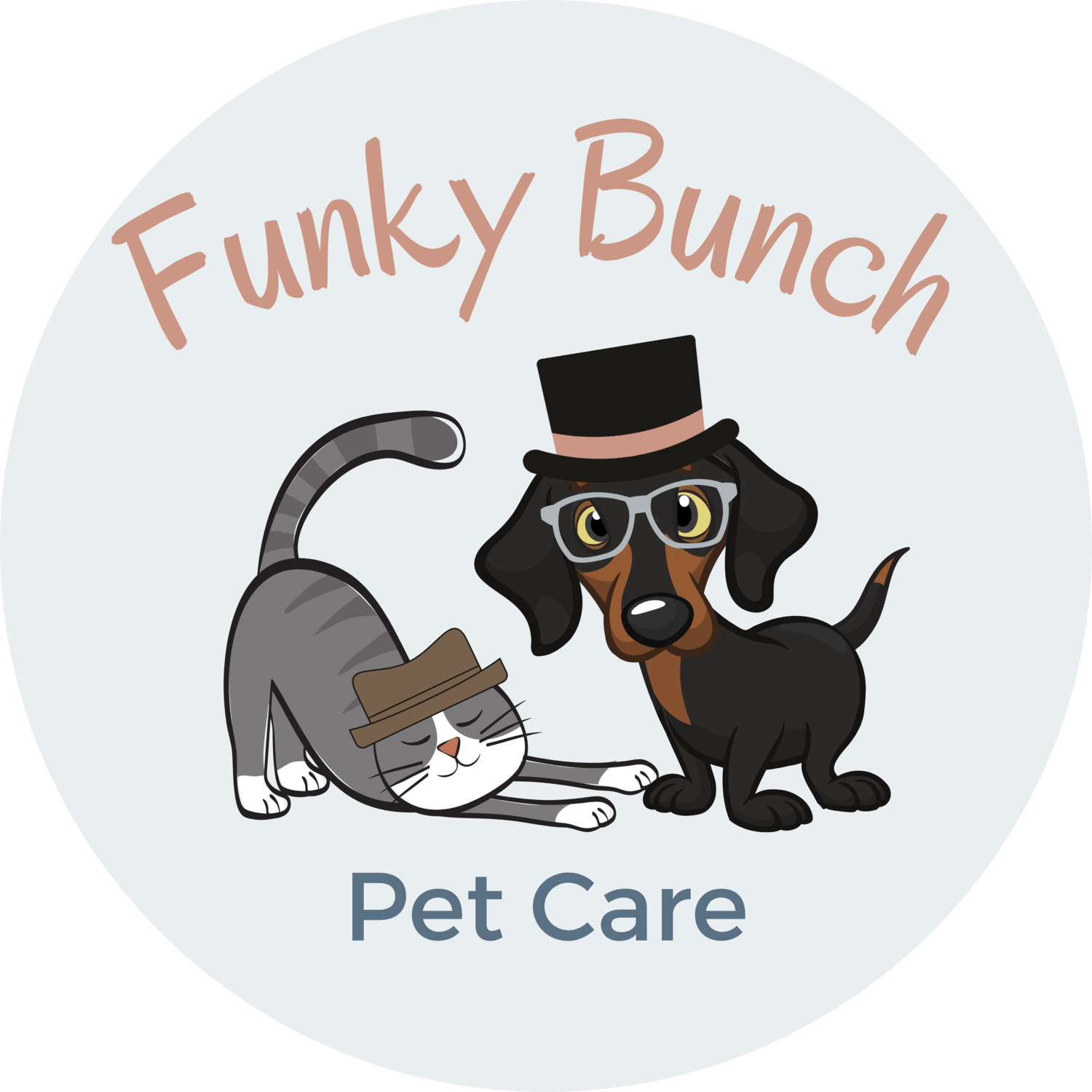Adopting a New Dog
Before you adopt, you should plan. Having everything in place before bringing your dog home will help with their stress, and yours. You should prepare a safe space for them and dog-proof the area. Remove anything that you don’t want chewed on and anything that could be harmful.
You will also need to make sure you have all of the supplies you’ll need. A common list includes:
Leash, Harness/Collar
Food, Treats, Chew toys
Bowls for food, and water
Crate, Bed, Training Pads
Pet gates
Putting a crate in their safe space can be very beneficial, it’s somewhere to call their own and sleep inside to feel safe. Make sure you choose a crate that is the right size for them.
Animal shelters almost always microchip dogs before they are adopted. The facility will give you all the information you need to register the chip in your name or may even do it for you. Keep this information along with vaccination information in a safe place. It’s a good idea to check the registry on AAHA’s website to be sure. The lookup tool can be found here:
https://www.aaha.org/your-pet/pet-microchip-lookup/microchip-search/
Meeting new people or pets can be overwhelming for a newly adopted dog. Positive reinforcement is key. It’s important to be patient and reward correct behavior. Positive reinforcement could be in the form of treats, petting, a kind word or a favorite toy. If the new pup shows signs of aggression or fear, you should stop the interaction and try again later. It's important to expose your dog to a variety of people, places, and experiences so they grow up to be confident and well-adjusted. Take them on walks, to the park, and to visit friends and family.
Creating a routine will reduce stress and help with potty training. A reliable walking schedule can reduce anxiety and unwanted behaviors. Walks not only give your dog physical and mental stimulation, but they also help you bond with them.
Training should be started as soon as possible. Positive reinforcement is important, training should never be scary. Choosing a trainer is a great option but there are also classes you can take online to train yourself. Training pads help with accidents during potty training. They give them a place to relieve themselves without ruining your floor or carpet. If your dog is not already trained, start teaching them basic commands such as "sit," "stay," and "come." This will help your dog learn to listen and follow your commands.
You should establish a relationship with a local veterinarian. Taking your new pup to get a checkup and get them on file is never a bad idea. Make sure to bring any paperwork to the first appointment. Make sure to schedule an appointment with a veterinarian as soon as possible. Your vet can give your dog a thorough examination and make sure they are healthy. They can also provide you with advice on feeding, vaccinations, and other important care information.
Last but not least, have patience. It can take time for a new dog to adjust to their new surroundings and become comfortable with their new family. Just remember to be patient and consistent, and you and your dog will bond and grow together.

